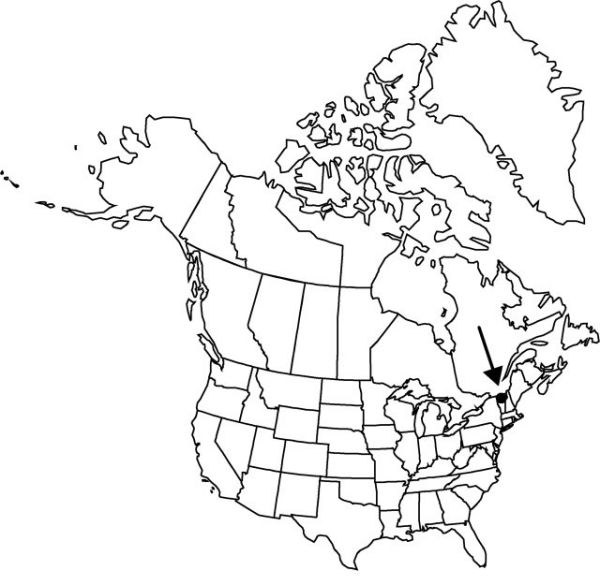Difference between revisions of "Epipactis atrorubens"
Prim. Fl. Galiciae Austriac. 2: 220. 1809.
FNA>Volume Importer |
FNA>Volume Importer |
||
| Line 15: | Line 15: | ||
|name=Epipactis helleborine subsp. atrorubens | |name=Epipactis helleborine subsp. atrorubens | ||
|authority=(Hoffmann ex Bernhardi) Syme | |authority=(Hoffmann ex Bernhardi) Syme | ||
| − | }}{{Treatment/ID/Synonym | + | }} {{Treatment/ID/Synonym |
|name=Epipactis rubiginosa | |name=Epipactis rubiginosa | ||
|authority=(Crantz) W. D. J. Koch | |authority=(Crantz) W. D. J. Koch | ||
| Line 33: | Line 33: | ||
|elevation=700 m | |elevation=700 m | ||
|distribution=Vt.;Europe;Asia (Iran). | |distribution=Vt.;Europe;Asia (Iran). | ||
| − | |discussion=<p>Epipactis atrorubens is apparently naturalized in Vermont where a small population persists (P. M. Brown 1997).</p> | + | |discussion=<p><i>Epipactis atrorubens</i> is apparently naturalized in Vermont where a small population persists (P. M. Brown 1997).</p> |
|tables= | |tables= | ||
|references= | |references= | ||
| Line 58: | Line 58: | ||
|publication year=1809 | |publication year=1809 | ||
|special status= | |special status= | ||
| − | |source xml=https://jpend@bitbucket.org/aafc-mbb/fna-data-curation.git/src/ | + | |source xml=https://jpend@bitbucket.org/aafc-mbb/fna-data-curation.git/src/8f726806613d60c220dc4493de13607dd3150896/coarse_grained_fna_xml/V26/V26_1194.xml |
|subfamily=Orchidaceae subfam. Epidendroideae | |subfamily=Orchidaceae subfam. Epidendroideae | ||
|tribe=Orchidaceae tribe Neottieae | |tribe=Orchidaceae tribe Neottieae | ||
Revision as of 17:41, 18 September 2019
Plants 20–60(–106) cm, sparsely hairy. Leaves 5–10; blade orbiculate, elliptic, or narrowly lanceolate, 4–10 × 1.5–4.5 cm. Inflorescences lax racemes, usually secund; floral bracts lanceolate, 10–35 mm, often exceeding flowers. Flowers 8–18, dark wine to cranberry red, small; sepals dark wine red, rarely dull rose or greenish abaxially; lateral sepals 6–7 mm; petals similar to sepals in color, ovate, 4–7 × 2–4.5 mm; lip indistinctly veined, 5.5–6.5 mm, constricted at middle into 2 parts, proximal part greenish with red edges, deeply concave, adaxial surface spotted with violet-red or brown, distal part brighter and darker, broadly triangular or transversely elliptic, minutely toothed with small reflexed tip; calli 2, brownish, brighter, darker in color than lip, rugose; column very short, 2–3 mm; anther yellow; pollinia 2 pairs, yellow, mealy; ovary tomentose. Capsules ovoid, 7–9 mm, moderately to densely tomentose. 2n = 40.
Phenology: Flowering Aug.
Habitat: Partial shade in abandoned serpentine/asbestos quarry
Elevation: 700 m
Distribution

Vt., Europe, Asia (Iran).
Discussion
Epipactis atrorubens is apparently naturalized in Vermont where a small population persists (P. M. Brown 1997).
Selected References
None.